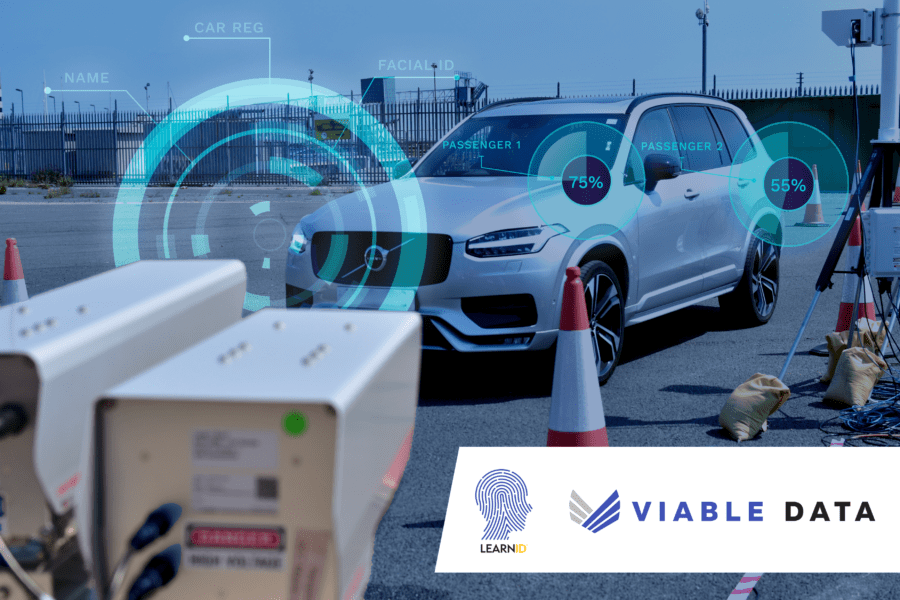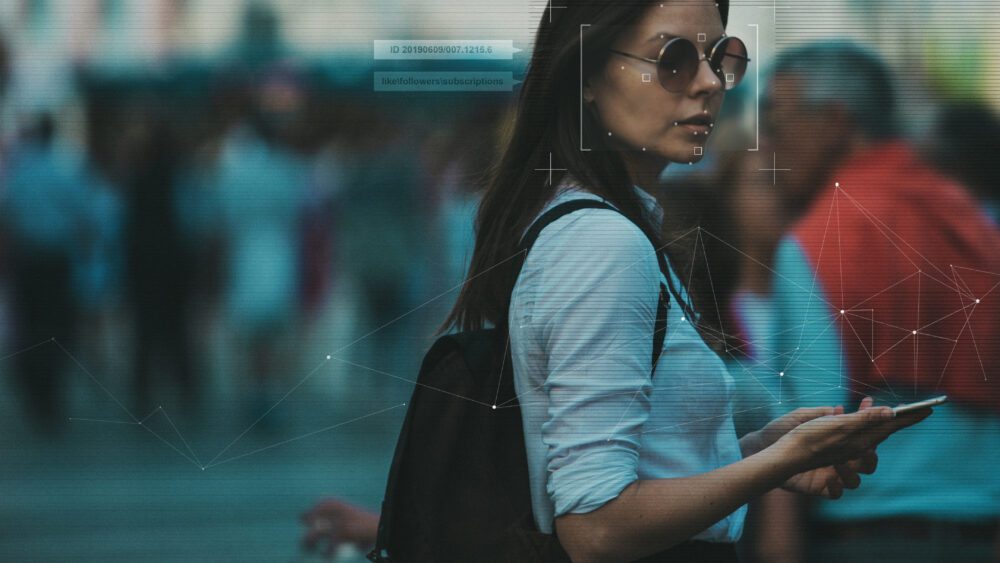Safeguarding our Society - how cutting-edge biometric technology will shape the border of tomorrow
Given the current geopolitical climate, ensuring a safe and prosperous United Kingdom is as challenging as ever, and ensuring robust border controls is paramount to achieving this.
As countries begin facing new and evolving threats to national security, the need for precise identification at the border has become more critical. The introduction of innovative biometric identification solutions has significantly enhanced the effectiveness of borders.
Biometrics such as facial recognition, fingerprint scanning, and iris recognition are now commonplace at UK ports, providing reliability that surpasses traditional identification methods.
Integrating these into border security processes allows for swift and accurate identity verification. However, effective use of these technologies isn’t without its challenges.
The Border of the Future
Viable Data have been helping the Home Office solve challenges like this since 2012.
We recently participated in a Border of the Future trial as part of the Border Vision Advisory Group, exploring the potential for seamless border crossings using advanced biometric solutions. The challenge faced by Border Force is that there are over 144 million crossings each year at the UK border with a rapidly increasing number of border crossings in the Roll-On-Roll-Off mode (where ships are transporting vehicles driven on and off the ship).
Paired with this, there is little-to-no automation of the checking of pre-arrival data which is increasing waiting times for passengers, thereby reducing the availability of officers for targeting and detecting persons of interest.
To meet this challenge, we developed an end-to-end solution that included an intuitive pre-arrival registration system, allowing users to submit travel data via an app and an intelligent biometric solution for verifying cross border movements at the port.

Creating innovative solutions
We deployed our innovative biometric solution LearnID® and utilised global partnerships, to develop a next-generation verification system, enabling positive identification of mobile targets moving at speeds of up to 30mph in poor lighting conditions. We were able to show:
End-to-end data capture
This provides Border Force with a list of travellers to the UK which could be used later for identity verification or watch listing purposes.
An intuitive enrolment application
This application had a best-in-class capture rate and enabled users to apply and submit their details without needing to visit fixed booths. This improves traveller experience, whilst making the border crossing process smoother and more secure.
Real-time verification
Images matched with those in the pre-enrolment database to confirm identities via a live ‘match’ or ‘no match’ outcome via a matching algorithm that protects user data while providing very accurate and fast results.
Works in challenging environments
High-tech cameras capturing license plates and passengers to ensure alignment of passenger details, in challenging environments such as low light, fog and haze as well as with passengers wearing facemasks and disguises.
Identifying passengers in a moving vehicle
Using computer vision and advanced vehicle and passenger capture technology, the solution is capable of identifying people and vehicles moving at speeds of up to 30mph.
So, what’s next? The shift from “identification” to “validation”
Through this pilot, we’ve proven that its is possible to apply “traditional” biometric technologies to complex problem spaces. Whilst this technology has potential to solve many border security challenges, it has led us to envisage a paradigm shift away from “identification” to “validation”- the next complex use case in the “crossing the border” lifecycle.
So, we can identify a group of humans from animals, but can we validate whether this group of humans should be together (e.g., a valid family group)? Can we use biometric technologies to enhance behavioural detection processes, or to safeguard vulnerable people from child sexual abuse, modern slavery and human trafficking? Can we attempt to verify someone’s age, as well as identity?
Verifying age is something that KYC (Know Your Customer) solutions have been doing for years. However, doing this at the border, without documentation to verify identity or physical interaction between Border Force and traveller, is a question of data and ethics.
The age-old problem of age verification

The path to developing a robust algorithm capable of accurately determining age presents a myriad of challenges.
One primary obstacle lies in facial diversity across ages, ethnicities, and cultures. Creating a comprehensive dataset that adequately represents these variations is crucial. This must ensure a balanced representation from infants to the elderly, whilst accounting for different ethnicities, gender expressions, and varying facial features to mitigate bias and enhance algorithmic inclusivity.
An inherent challenge stems from the dynamic nature of human aging. Facial characteristics evolve (with contributing influences from lifestyle, health, and genetics). Consequently, the algorithm must capture these subtle changes accurately.
Ethical considerations also play a pivotal role. Privacy concerns, potential misuse, and the risk of perpetuating stereotypes demand careful scrutiny. Balancing verification with safeguarding individuals’ rights requires a thoughtful approach, with a focus on transparency.
The challenge extends to addressing biases embedded in the training data. If the dataset leans towards a specific demographic, the algorithm may struggle to verify ages across a wider population. Rigorous validation processes are essential to identify and rectify such biases.
Exploring new problem spaces
Training facial recognition algorithms for age verification is a complex endeavour that requires meticulous attention to dataset curation, adaptability to dynamic aging patterns, and commitment to ethical considerations. By navigating these challenges thoughtfully, we can pave the way for age verification technologies that are not only accurate but also respectful of individual privacy.
We’re excited to have contributed so much to the Border of the Future programme and are continuing to work with clients across Border Force, Immigration Enforcement and Home Office Intelligence in developing new intelligence systems and biometric & security controls that consider the ever-evolving security and ethical concerns of our society.






